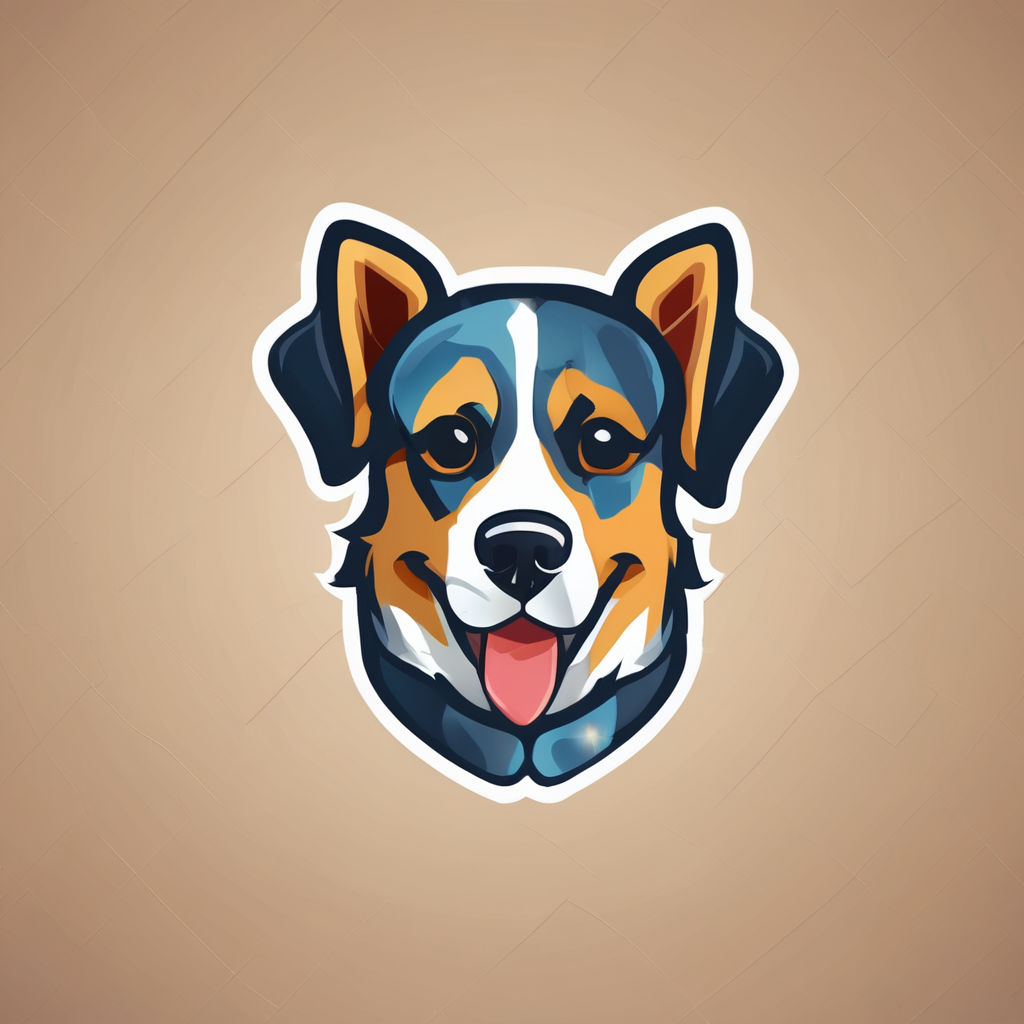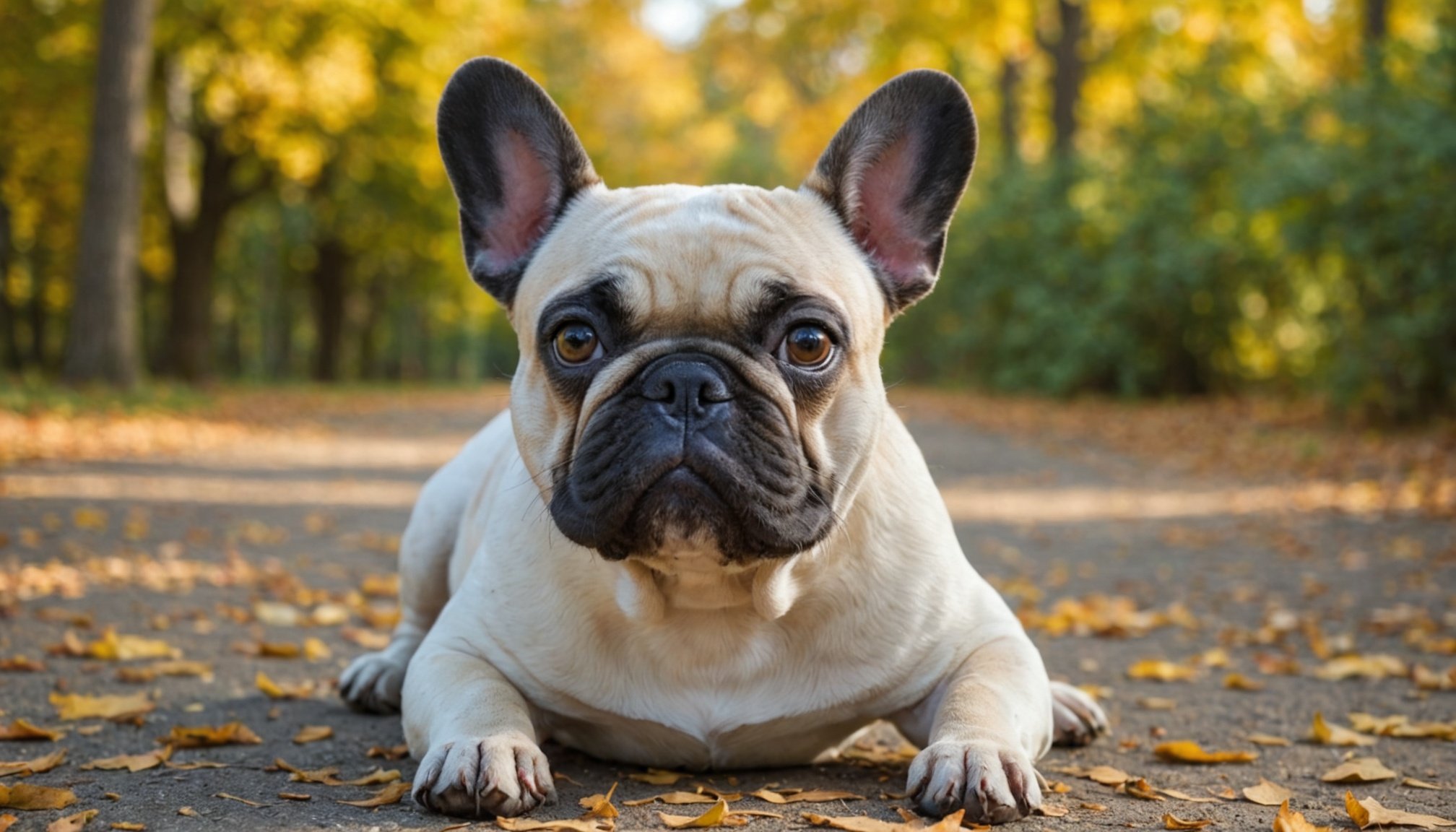Understanding Heatstroke in French Bulldogs
Heatstroke prevention is crucial when caring for brachycephalic breeds like French Bulldogs, known for their charming yet distinct facial structure. These breeds bear a heightened risk in hot weather due to their shortened snouts, which makes it difficult to pant effectively. Panting is a primary way that dogs regulate temperature. Without this function, their ability to dissipate heat is compromised, leading to a higher vulnerability to heatstroke.
French bulldog care must focus on recognising signs of overheating and ensuring a cool environment, particularly during warmer months. Excessive panting, drooling, and lethargy are indicators of heat distress. Understanding these signs is vital because French Bulldogs can’t efficiently cool themselves.
Also read : Ultimate guide to maintaining spotless and infection-free ears for your beloved basset hound
Brachycephalic breeds also often have narrow nasal passages and elongated soft palates, which further hampers their breathing, especially in hot and humid weather. This makes heatstroke prevention a key element of French bulldog care.
To mitigate risks, it is essential to schedule walks during cooler parts of the day, provide plenty of water, and maintain shaded, ventilated areas. These steps are fundamental in safeguarding brachycephalic breeds against heat-related stress, ensuring these beloved pets remain healthy and comfortable.
Also to see : Proven techniques for managing food guarding behavior in your overprotective rottweiler
Recognizing Signs of Heatstroke
Understanding the symptoms of heatstroke in dogs is crucial for maintaining their well-being. Owners should be vigilant and aware of the signs to watch for to ensure timely intervention.
Behavioral Indicators
Dogs can exhibit behavioural changes when suffering from heatstroke symptoms. Look for signs such as excessive panting, restlessness, or a lack of coordination. These indicators might seem minor at first but can suggest that your dog is struggling with the heat. A normally playful pet might become inexplicably lethargic, or an obedient dog might start ignoring commands. Recognising these behaviours early and taking appropriate action can make a significant difference in your dog’s recovery.
Physical Symptoms
Physical symptoms of heatstroke include heavy panting, drooling, and an increased heart rate. Some signs, like vomiting or diarrhea, are more severe and should never be overlooked. If you notice your dog has a bright red tongue, pale gums, or difficulty breathing, these are signs of an emergency. These physical cues, accompanied by any behavioural changes, should prompt immediate action.
Critical Response Actions
When faced with heatstroke symptoms, quick intervention is paramount. Move your dog to a cool, shaded area and provide water immediately. Avoid using ice-cold water, as this can cause shock. Monitoring your dog’s temperature with a rectal thermometer and calling a veterinarian promptly can be lifesaving. Keeping a list of emergency contacts and nearby veterinary services is advisable for dog health emergencies.
Managing Heat Exposure
When it comes to managing heat exposure, knowing the best times for outdoor activities can make a significant difference. Early mornings and late evenings are optimal as temperatures are lower, reducing the risk of heat-related issues for both humans and pets.
Strategically planning your outings involves more than timing. Outdoor safety is crucial, especially during warmer months. Consider shaded paths and always bring enough water for both you and your furry companion. Keeping your dog cool during outings is essential. Some effective strategies include using cooling vests or portable fans, which are convenient and effective in lowering body temperature.
Creating a cool environment at home is equally important for heat management. Ensure your living space is well-ventilated with options for air conditioning or fans to maintain a comfortable temperature. Providing plenty of fresh, cool water and a shady place to rest can help your pet stay hydrated and relaxed.
In addition, regular grooming helps maintain a manageable coat, preventing overheating. By employing these heat management strategies, you not only enhance outdoor safety but also ensure a healthier and more comfortable environment for everyone involved. Stay proactive and informed to make the most of your time outdoors.
Hydration Strategies for French Bulldogs
Ensuring proper hydration is essential for the health and well-being of your French Bulldog, especially to prevent heatstroke. Dogs, like humans, need regular water intake to regulate body temperature, aid digestion, and maintain bodily functions. Lack of adequate hydration can lead to severe health issues, particularly in breeds prone to overheating like French Bulldogs.
Importance of Hydration
French Bulldogs are especially susceptible to overheating due to their brachycephalic nature, which makes efficient breathing challenging. This difficulty in cooling down makes them more prone to heatstroke. Ensuring sufficient water intake is crucial to help manage their body temperature effectively.
Best Practices for Water Access
To keep your French Bulldog hydrated, always provide access to fresh, clean water throughout the day. Consider placing multiple water bowls in different areas and using spill-proof bowls while travelling. Monitoring their drinking habits can help identify any reluctance or issues, ensuring they receive consistent hydration.
Hydration-Boosting Foods
Incorporate water-rich foods like cucumbers and watermelon into their diet as hydrating snacks. These foods provide extra fluid and are generally well-received by most dogs. Avoid salty treats, as they can derail efforts to maintain adequate dog hydration.
Safe Temperature Limits for Exercise
Understanding the exercise safety for your beloved French bulldog is crucial, especially when considering temperature guidelines. These brachycephalic dogs are more sensitive to heat due to their short snouts, which makes efficient breathing during exertion difficult. Generally, it’s advised to limit outdoor dog exercise when the temperature exceeds 75°F (24°C), prioritising their safety and well-being to avoid heat-related stress.
It’s equally important to consider the heat index and humidity levels, as they significantly affect how your dog experiences heat. High humidity impairs a dog’s ability to cool down, increasing the risk of overheating. Therefore, always check these metrics before planning outdoor activities.
On particularly hot days, consider safe alternatives to outdoor exercise. Indoor games such as fetch in a hall, or using a treadmill, can offer mental and physical stimulation without the risk of heat exposure. Additionally, swimming can be an excellent form of exercise that naturally keeps your French bulldog cool.
Monitoring your pet’s condition during exercise is essential. Look for signs of distress like excessive panting or drooling, and ensure they have access to fresh water at all times. This understanding of temperature guidelines helps you make informed decisions, safeguarding your dog’s health.
Grooming Practices to Prevent Heat Issues
As summer approaches, it’s crucial to consider how proper dog grooming can contribute to your pet’s comfort. Understanding the best coat care practices can help prevent overheating, ensuring your furry friend stays happy and healthy during the warmer months.
Appropriate Grooming Techniques
Dog grooming requires attention to detail and a focus on techniques that benefit your pet. Regular brushing not only helps maintain your dog’s coat but also enhances their comfort by removing loose hairs. A frequent grooming schedule, including bathing, can keep the coat clean and less prone to matting, which can trap heat against the skin.
Ideal Coat Length and Maintenance
Finding the optimal coat length is essential for temperature regulation. While it’s tempting to trim your dog’s coat short during summer, consult with a professional groomer to determine the appropriate length. Summer grooming tips often highlight the importance of leaving enough fur for protection against sunburn, without causing overheating.
Impact of Grooming on Temperature Regulation
Proper grooming practices play a vital role in helping dogs regulate their body temperature. A well-groomed coat allows air to circulate closer to the skin, aiding in heat regulation. By maintaining a balanced approach to coat care, you significantly enhance your dog’s ability to stay cool, mitigating heat-related discomfort.
Safety Measures for Owners
For pet owners of French bulldogs, understanding specific breed requirements is crucial. These dogs, known for their brachycephalic features, face unique challenges, particularly in summer. It’s imperative to educate oneself on proper care techniques suitable for these breeds.
Addressing Brachycephalic Needs
Owners must realise the additional care brachycephalic dogs require. Limiting strenuous exercise during peak heat and ensuring constant access to water are essential components of a responsible pet owner’s responsibilities.
Summer safety involves managing hydration effectively and creating shaded areas to prevent overheating. Indoors, maintaining a cool environment with fans or air conditioning assists in regulating your French bulldog’s temperature.
Practical Safety Tips
A few actionable safety tips include:
- Scheduling walks during cooler parts of the day
- Utilizing cooling mats or vests
- Regular vet check-ups, especially before summer, to assess health status
Community and Veterinary Resources
Consider tapping into community resources like local dog parks for socialisation in controlled settings or joining French bulldog enthusiast groups for shared experiences and advice. Consulting veterinarians can provide tailored pet care advice, reinforcing your dog’s well-being. Taking these steps ensures a happier and healthier life for your furry friend, particularly during hot seasons.











